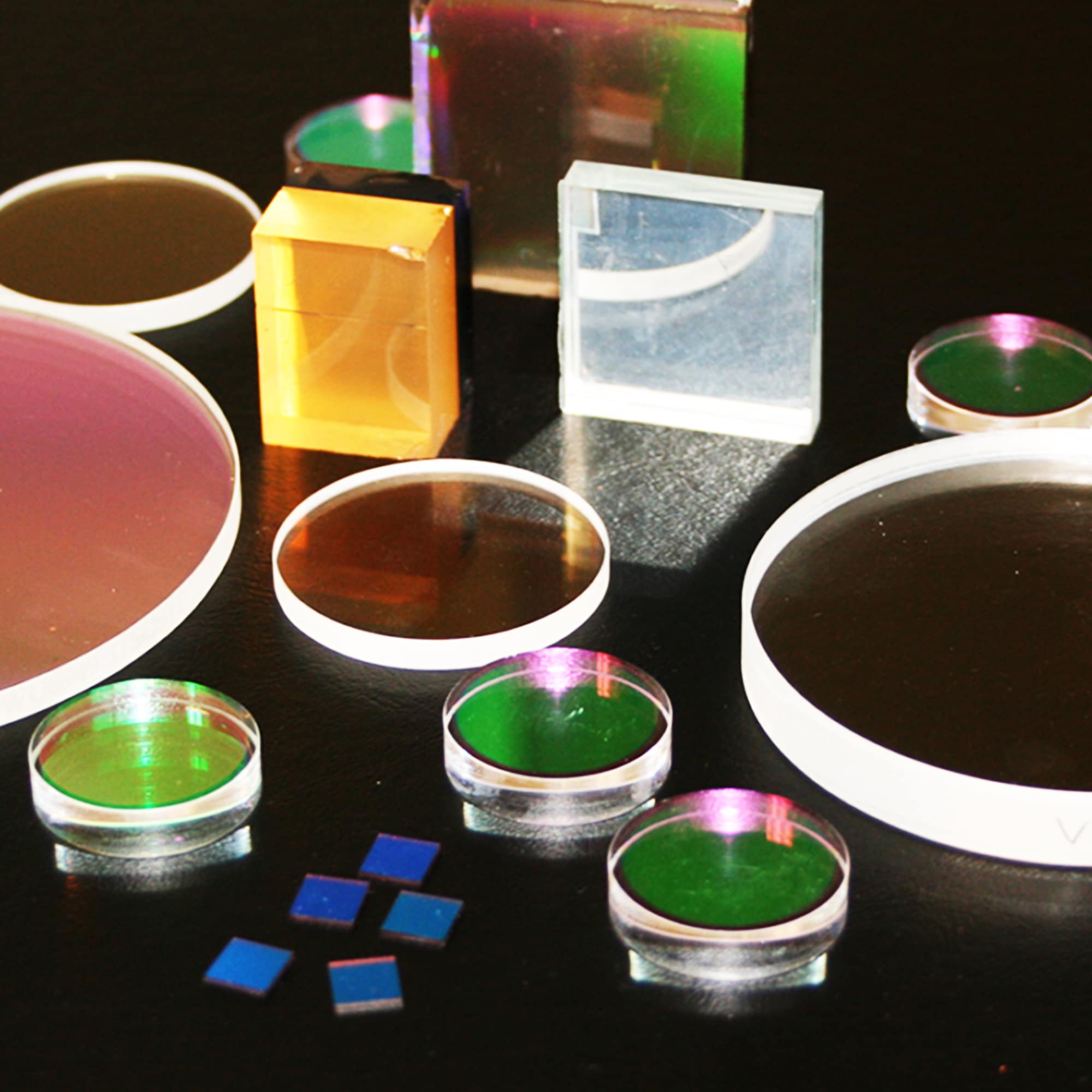Dicing heat sinks involves the precision cutting or machining of heat sink materials into specific shapes and dimensions. Heat sinks are crucial components in electronic devices that help dissipate heat generated by electronic components, ensuring efficient thermal management. Dicing, in this context, is a manufacturing process used to create individual heat sink components with the required size, shape, and features.
Here’s a comprehensive overview of dicing heat sinks:
- Material Types:
Heat sinks can be made from various materials, including aluminum, copper, and alloys. Each material has specific thermal conductivity properties that influence its effectiveness in dissipating heat. - Dicing Techniques:
Different dicing techniques can be employed, including blade dicing, laser dicing, and abrasive waterjet cutting. The choice of technique depends on the material, precision requirements, and the desired characteristics of the heat sink. - Blade Dicing:
Blade dicing involves the use of a rotating blade to cut through the heat sink material. It is a common method for softer materials like aluminum and is suitable for high-volume production. - Laser Dicing:
Laser dicing uses a focused laser beam to cut through the heat sink material. It is advantageous for precision cutting and is particularly useful for intricate designs or thin heat sink materials. - Abrasive Waterjet Cutting:
Abrasive waterjet cutting utilizes a high-pressure stream of water mixed with abrasive particles to cut through the heat sink material. This method is suitable for materials with varying hardness and is known for its ability to produce clean cuts without generating heat. - Precision Requirements:
Precision is crucial in dicing heat sinks to ensure that the components fit precisely within the electronic devices and effectively conduct heat away from sensitive components. - Surface Finish:
Achieving a smooth and even surface finish is important for optimizing the thermal conductivity of the heat sink. Proper dicing techniques and tool selection contribute to the desired surface quality. - Tool Selection:
The choice of cutting tools is influenced by the material properties of the heat sink. Diamond-coated blades or laser-cutting tools are often used to maintain precision and reduce tool wear. - Design Considerations:
Dicing must consider the specific design requirements of the heat sink, including the arrangement of fins, the overall shape, and any additional features needed for effective heat dissipation. - Cost Considerations:
The cost of dicing heat sinks includes considerations for the chosen dicing method, tooling, and any post-dicing processes required to achieve the desired specifications. - Safety Measures:
Safety measures, such as proper ventilation and personal protective equipment, are essential when dicing heat sink materials, particularly if the process generates fine particles or dust. - Applications:
Diced heat sinks find applications in various electronic devices, including computers, smartphones, LED lighting, and power electronics. They play a critical role in maintaining optimal operating temperatures for electronic components.
In summary, dicing heat sinks is a crucial step in the manufacturing process to ensure efficient thermal management in electronic devices. The choice of dicing technique and the attention to precision and material characteristics are key factors in producing high-quality heat sink components.

